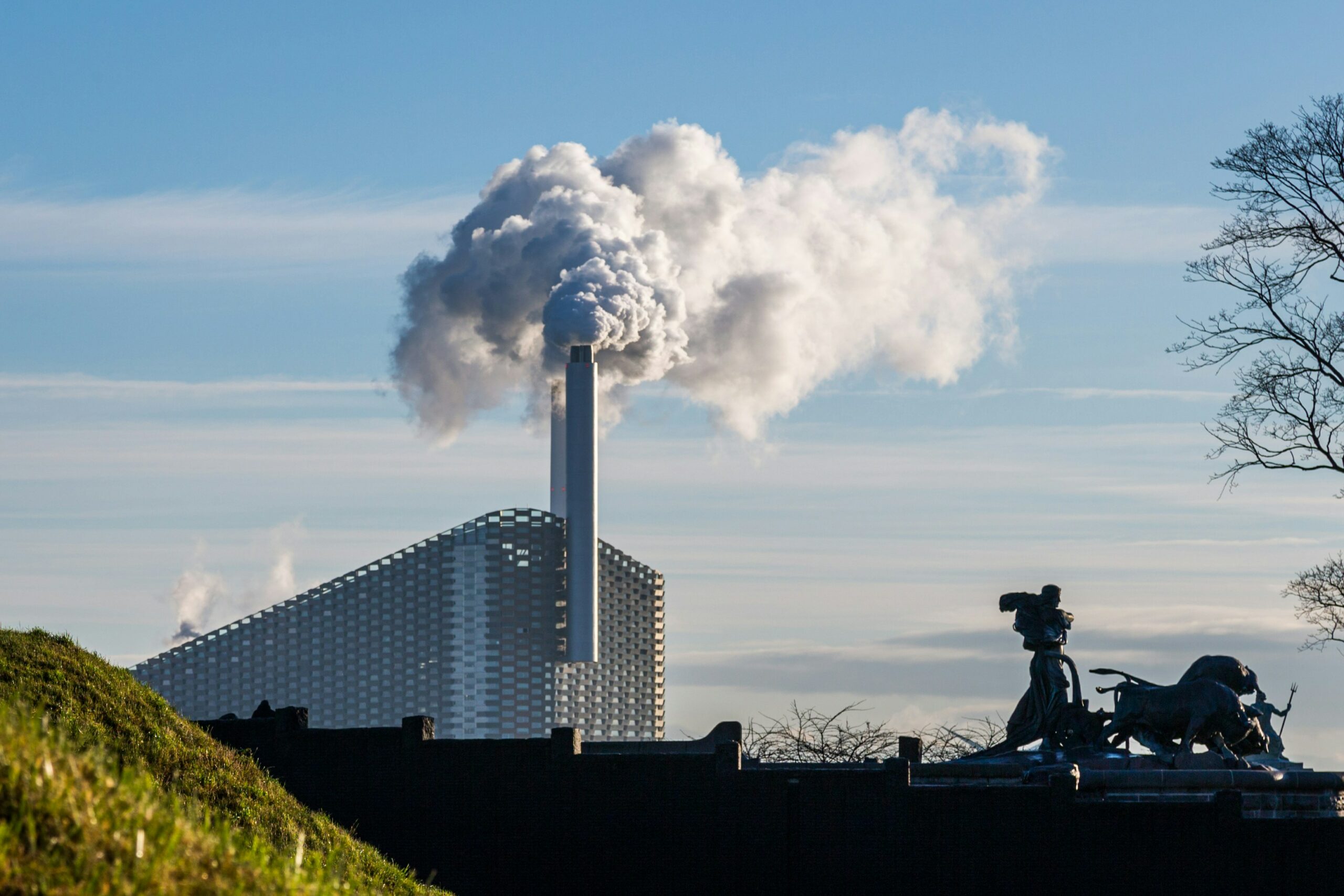In a world in flux, it should come as no surprise that carbon mechanisms in North America are also undergoing a period of change.
In mid-March, Canadian caretaker Prime Minister Mark Carney killed the federal consumer carbon tax.
The move prompted the Canadian Press to wonder how long Quebec, with its carbon pricing in place since 2013, could remain as the only Canadian province or territory with a carbon pricing scheme on the books.
British Columbia had repealed its consumer carbon tax on April 1, ending a program that had operated since 2008.

Where Canada’s Industrial Carbon Tax Still Applies
Canada’s industrial carbon tax, which charges heavy polluters for emissions, is still in force in Manitoba and Prince Edward Island, as well as in the territories of Nunavut and Yukon. All other industrial carbon pricing schemes are operated by provinces.
However, with election day approaching on April 28, it’s far from certain that the federal industrial carbon price will continue.
Quebec’s Cap-and-Trade System: A Carbon Tax Alternative
Quebec Premier François Legault told Canadian Press that he would wait until after April 28 to determine his next steps on Quebec’s cap-and-trade carbon system.
“We definitely have to be competitive,” he told Canadian Press.
Quebec has benefited from the cap-and-trade system, carbon pricing lead researcher Ross Linden-Fraser at the Canadian Climate Institute told Climate Insider.
“It helps low-carbon producers generate a return on emissions reductions,” he said. “The way these systems work is, it sets a limit on emissions intensity. If you beat this, you earn credits that you can sell to other facilities.”
Quebec’s system works a little differently than other carbon pricing systems, but this still holds true, he added.
How Quebec’s Carbon Market Supports Local Industry
“Facilities investing in carbon emissions reduction are using the system to generate credits, so they can recoup their investments,” he said.
Quebec’s cap-and-trade system also provided additional benefits for Quebec companies, Ross-Linden pointed out.
By establishing a carbon price, it allowed companies based in Quebec to be more competitive when exporting to Europe, which now has a carbon border adjustment mechanism designed to keep high-carbon exports out of the trading bloc.
The Quebec system also helped improve local companies’ competitiveness level overall in a world that is rapidly decarbonizing, Ross-Linden said.
Moreover, it allowed climate tech and cleantech companies to flourish.
The Economic Impact of Quebec’s Cap-and-Trade Carbon Tax
“The carbon market is supposed to help generate demand for those kinds of solutions that cleantech and climate tech companies provide, by creating incentives for emitters to decarbonize,” Smart Prosperity Institute’s Senior Director of Research Geoff McCarney told Climate Insider.
“The main challenge with carbon and climate emissions is, if you don’t create a market for it, it doesn’t factor into the costs for major emitters.”
In the case of Quebec’s cap-and-trade system, the market has generated approximately C$7 billion in revenues, McCarney said.
Those revenues are then plowed back into electrification via the Quebec Climate Change Fund, and are all a positive benefit from the carbon system.
Rising Political Pressure Against Quebec’s Carbon Tax
Despite these benefits, Conservative politician Eric Duhaime, who does not hold a seat in the provincial legislature, called on April 8 for the repeal of the cap-and-trade system due to the high price of gas.
On April 9, deputies in the National Assembly, Quebec’s provincial legislature, voted unanimously to maintain the province’s cap-and-trade prices, Le Devoir reported.
The Quebec government also moved to remove the price floor on gas prices, Quebec Economy Minister Christine Frechette said April 14.
Is California’s Cap-and-Trade Partnership at Risk?
However, this may not be the end for Quebec’s cap-and-trade stresses.
The province’s only partner in the carbon trade mechanism is the state of California, which for a long time brought many benefits.
“This was a much bigger market, so it kept costs down,” McCarney said, pointing to Quebec gas prices which historically have been lower than those in the rest of Canada, largely due to the partnership with California.
But California’s cap-and-trade system has become a target of the new Trump administration.
On April 8, U.S. President Donald Trump issued an executive order called “Protecting American Energy from State Overreach.”
In the order, the president targeted state programs, particularly California’s cap-and-trade program.
“California…punishes carbon use by adopting impossible caps on the amount of carbon businesses may use, all but forcing businesses to pay large sums to “trade” carbon credits to meet California’s radical requirements,” the executive order said.
In the order, which does not have the force of law, Trump directed U.S. Attorney General Pam Bondi to identify state and local actions that may be unconstitutional, and present the president with an action plan within 60 days.
California representatives rallied to the cap-and-trade program’s defense. On April 15, California Governor Gavin Newsom and other state Democrats, said they would work to secure an extension via the state legislature for the cap-and-trade program, which is due to expire in 2030.
“California’s efforts to cut harmful pollution won’t be derailed by a glorified press release masquerading as an executive order,” The Hill reported Governor Newsom as saying.








